Minutes of ICOM TC Meeting, February 3, taken by Eric S.
Chan
Agenda
1. Roll Call
2. Approve draft minutes from Dec 16, Jan 6, and
Jan 20 TC Meetings
3. Discuss the RDF representation of Groups
and Membership for Project WBS
4. Discuss the mapping of bonds to RDF
properties
5. AOB
1. The following eligible members were present
Patrick Durusau
Marc Pallot
Eric Chan
2. Approve draft minutes from Dec 16, Jan 6, and Jan 20
TC Meetings
The draft minutes were approved.
3. Discuss the RDF representation of Groups and Membership
for Project WBS
The WBS use case employs the hierarchical structuring of ICOM
spaces to represent the division of projects into subprojects, work packages,
and tasks. The hierarchical structuring of spaces is just one of many possible
structures needed for diverse use cases. The TC envisions for ICOM to support arbitrary,
flexible structures not only among the spaces but also among containers and a mix
of entities. Bonds (n-ary relationships) are important extensibility mechanism in
ICOM.
The TC meeting participants observed that the ICOM Bond can
be defined isomorphic to rdf:Statement. RDF provides rdf:Statement, the reification
vocabulary, to recast a set of RDF triples in an n-ary relation as a resource
that has the properties rdf:subject, rdf:predicate, and rdf:object, and any additional
properties, including the attribution, annotation, and provenance information. For
the isomorphic UML model of Bond, we define the attributes subject, predicate,
and objects as shown in Figure 1.
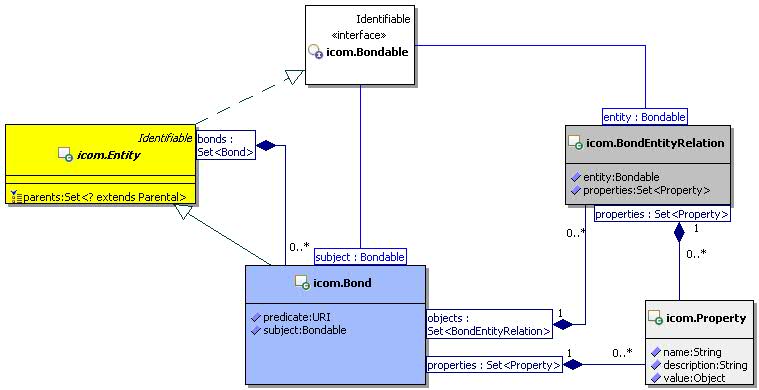
Figure 1 Bond has subject, predicate, objects
Participants contemplated to define ICOM Bond as a subclass
of rdf:Statement. The following examples show how the triples comprising the n-ary
relations can be recast by reification statements. In Figure 2, we defined the project
hierarchy in RDF using RDF properties “hasSubUnit” to relate the
project unit with the subunits.
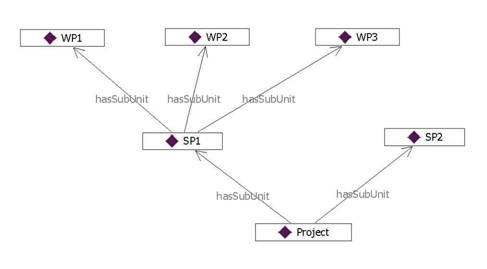
Figure 2 Basic RDF model of Project Hierarchy
Triples for the n-ary relation between Project and (SP1, SP2)
Project hasSubUnit
SP1
Project hasSubUnit
SP2
can be reified by the following resource:
Project-SubUnit
rdf:type rdf:Statement
Project-SubUnit
rdf:subject Project
Project-SubUnit
rdf:predicate
hasSubUnit
Project-SubUnit
rdf:object
SP1
Project-SubUnit
rdf:object
SP2
ICOM can specify the rule for assigning a name to the reification
resource, for example one possible rule is to concatenate the names of the subject
“Project” and predicate “hasSubUnit” to get “Project-SubUnit”,
stripping off “has” and “is” from the predicate.
In Figure 3 below, the RDF model from Figure 2 is extended
with the reification statements. The reification statements Project-SubUnit
and SP1-SubUnit are instances of Bond. In ICOM, Bond is defined as
a subclass of Entity. In RDF representation, Bond is defined as a subclass of
rdf:Statement as well as a subclass of Entity.
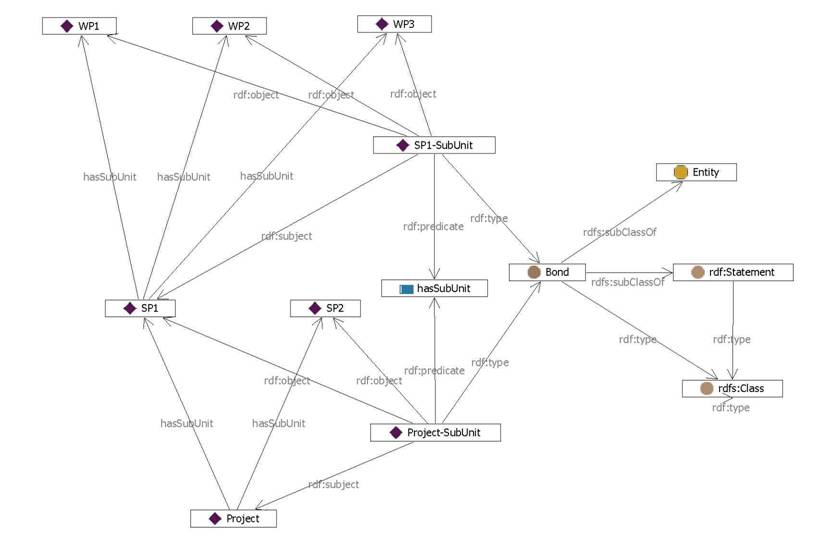
Figure 3 Extending the RDF Model with Reification Statements
The reification resources in Figure 3 can be mapped to the Bond
objects in the UML model of Figure 4.
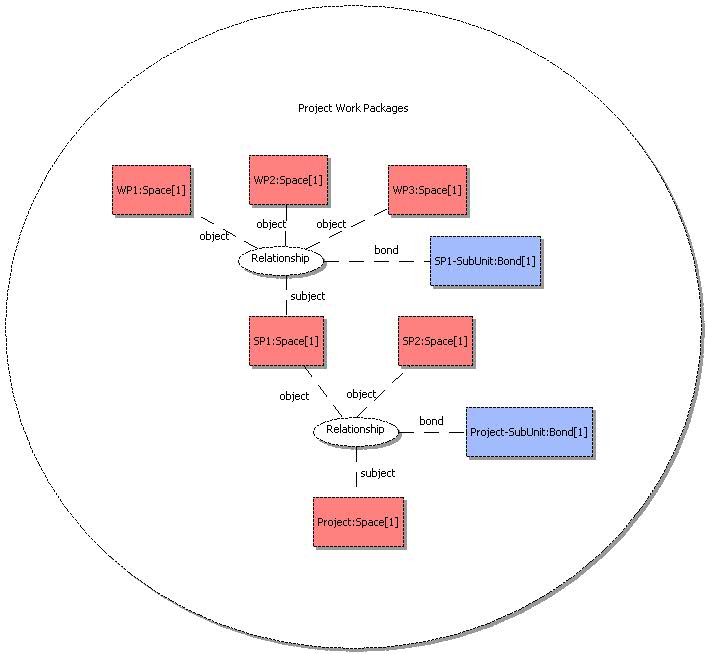
Figure 4 UML Model of Project Hierarchy
The UML model of Bond uses BondEntityRelation to hold the
annotations for the subject and objects of the bond.
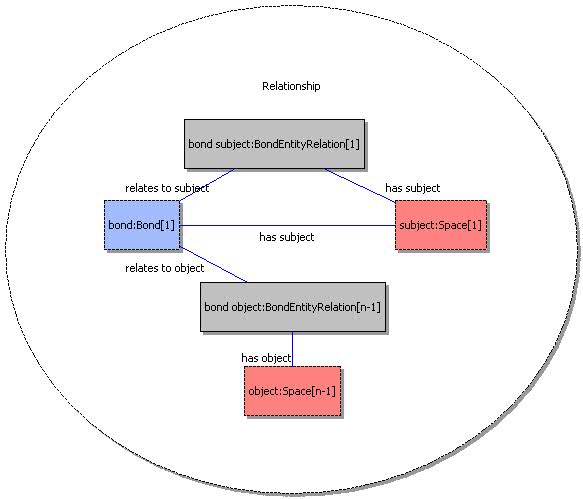
Figure 5 UML Composite Diagram for Bond
4. Discuss the mapping of bonds to RDF properties
The UML to RDF mapping rules for Bond would include
1.
asserting the RDF triples to relate the subject of the
bond with each of the objects in the bond
2.
adding a reification statement to represent the bond in
RDF
When transforming from RDF representation to UML representation
of ICOM, the mapping rules for Bond would include
1.
adding an RDF reification statement for each of the n-ary
relations that are not part of the ICOM vocabulary
2.
translating the reification statements to instances of
Bond in UML
5. AOB
Patrick Durusau recommended for the TC to begin documenting
the draft specification according to the OASIS specification templates. Eric concurred
with Patrick, stating that the TC can begin drafting the specification of high-level
model (core) and the UML/RDF representations (foundation). Additional focus areas
of the ICOM (specialized Folders and Artifacts) can be added to the draft specification
as modules.
Marc, Deirdre, and Eric had submitted proposals to present
at Semantic Technology Conference 2010, June 21-25, in San Francisco. Eric proposed
to organize the face-to-face TC Meeting in Oracle conference center around that
time.
The TC Meeting was adjourned.